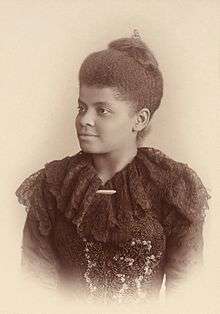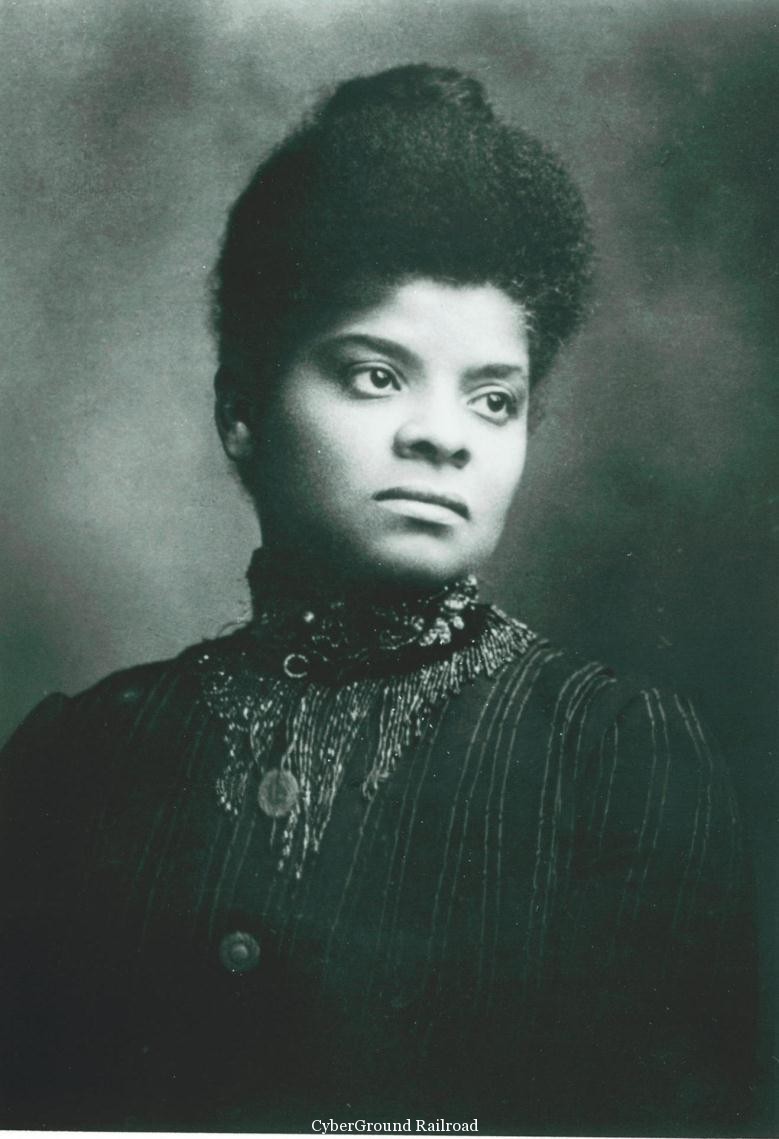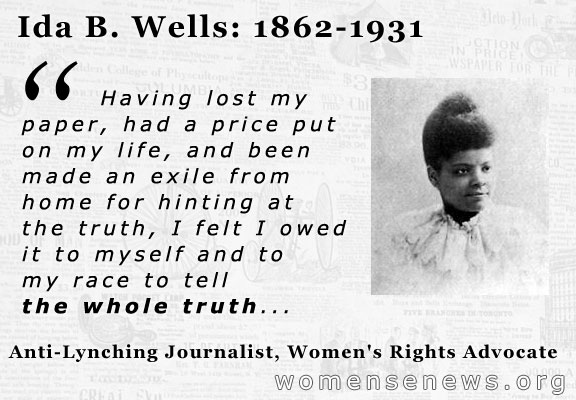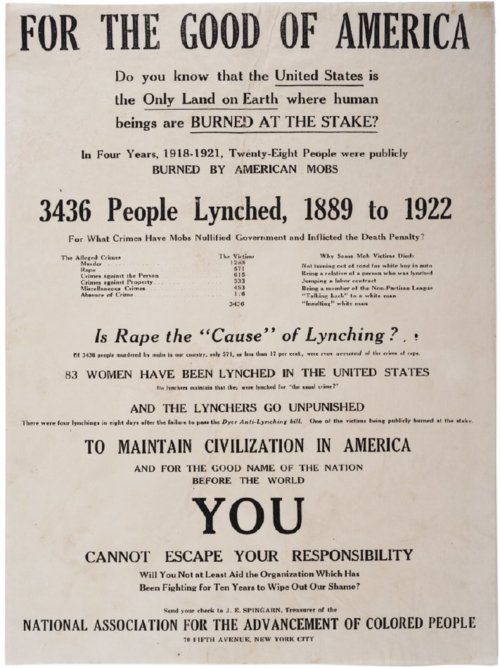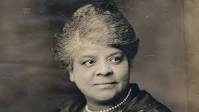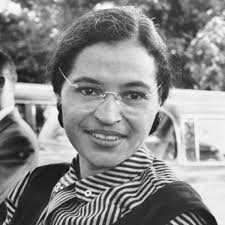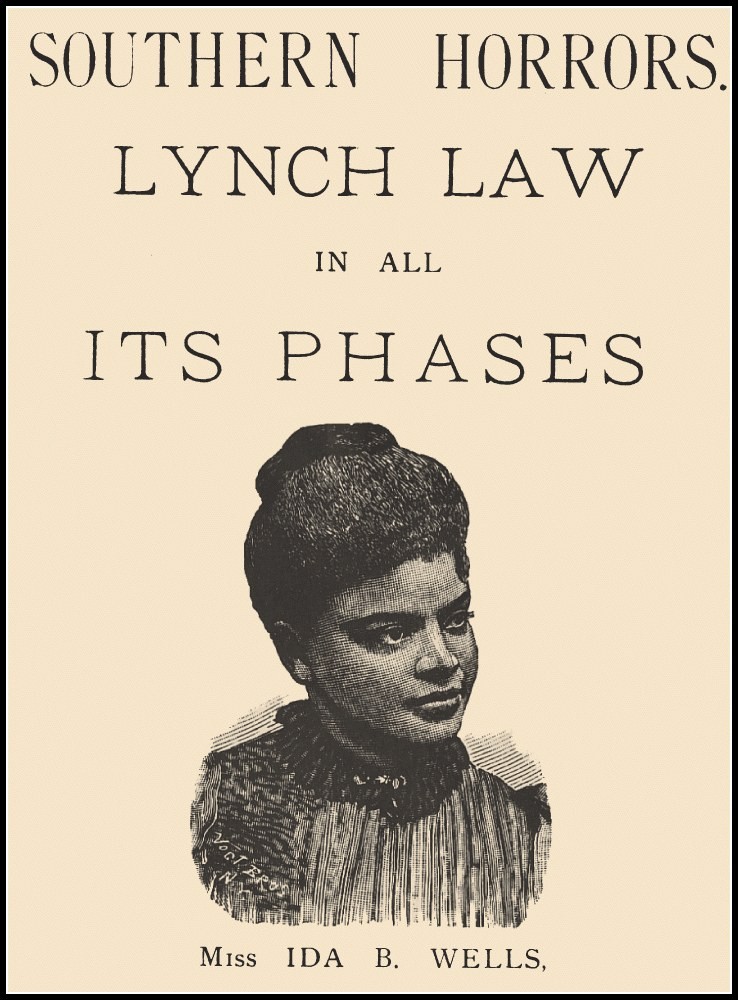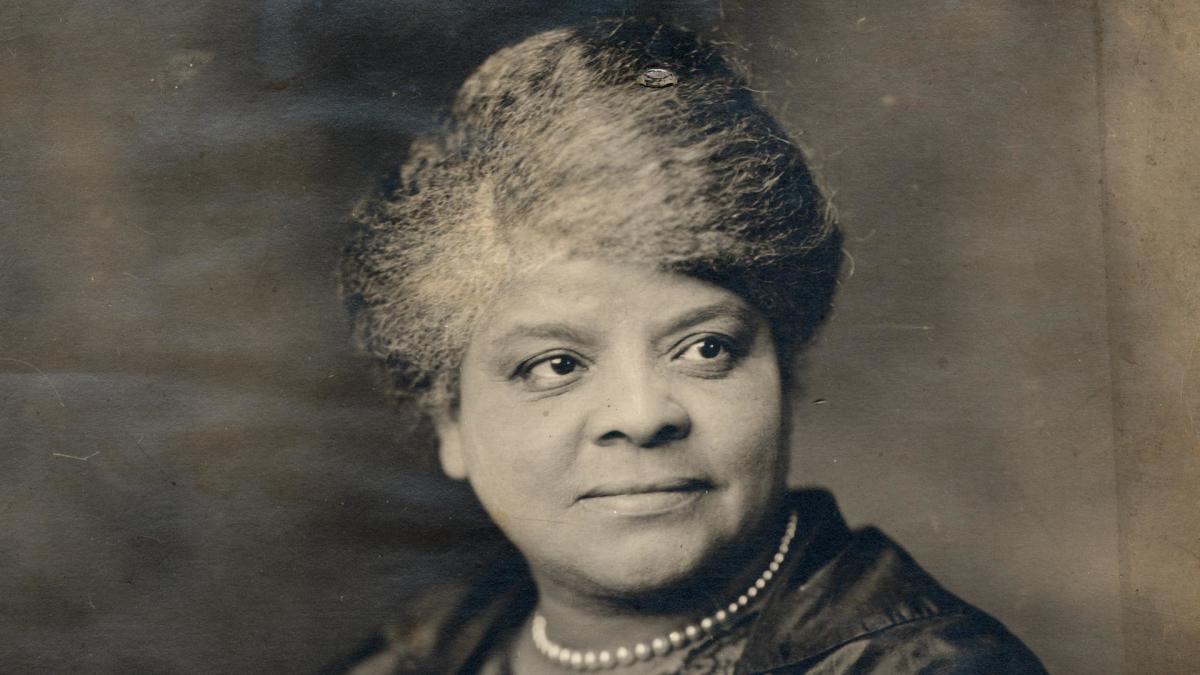
… Go on, thou brave woman leader,
Spread our wrongs from shore unto shore;
Until clothed with his rights is the Negro,
And lynchings are no more….
And the wise Afro-American mother,
Who her children of heroine tells,
Shall speak in tones of gratitude,
The name of Ida B. Wells!
Katherine Davis Tilllman
Last week we left off with Ida’s story during the time when she was being hailed as a heroine by the African American Press Association in Philadelphia. Meanwhile back in her hometown of Memphis her newspaper office was being destroyed by an angry mob. Her life was threatened and Ida was advised not to try and return home. And so now Ida began her famous campaign against lynching.
In 1893 Ida took her campaign across the ocean to England, Scotland, and Wales. There she gave speeches and met with leaders of British civic groups. Ida was impressed with how active British women were in their campaign for justice. She helped the women in London establish the London Anti-Lynching Committee. She wrote to women at home in America and encouraged them to follow the example of their British counterparts. Ida returned to England again in 1894 on a speaking tour.
On returning home Ida settled in Chicago. She collaborated with Frederick Douglass, the famous advocate of equal civil rights for blacks. At this time she also met her future husband, Ferdinand Barnett. Barnett was a lawyer and the owner of the first black newspaper in Chicago, the Conservator.
They fell in love and married in 1895. Barnett was willing to support Ida completely. He sold the newspaper to her and she took over the duties of editor. This freed Ferdinand Barnett to practice law and actively campaign for “colored rights”.
In March 1896, Ida became a mother at the age of 33. She had mixed feelings about motherhood. She had taken care of her younger siblings and was happy to have a break from child rearing. Her active public life was also very fulfilling. But after her child was born she understood all the joys of motherhood.
However, before her first baby was five months old, duty called. Ida traveled with baby Charles and a nurse and continued her campaigning. A year later Ida had another son, Herman, and this time she chose to bow out of public work and stay home and raise her children. She gave up her position as editor at the Conservator and told everyone she was “quite content to be left within the four walls” of her home. Taking one child on the road was difficult but manageable; two children required her to be a full time mother. Ida was very happy with her decision.
Her decision was short-lived. Three months later the Frazier Baker lynching occurred. This was considered one of the most brutal of all times. People looked to Ida to attend the protests and speak to the injustice. Ida wanted to stay home, but explained to the people who were concerned about her new station as a mother that race work was a matter of necessity, not choice. It “seems that the needs of the world were so great that again I had to venture forth, “she insisted. She left baby Charles with his grandmother and took Herman with her on her travels. During this next period of her life she concentrated on getting women organized.
In 1896 Ida formed the National Association of Colored Women. The next year she attended a conference that would eventually lead in a few years to the founding of the National Association for the Advancement of Colored People.
Ida combined campaigning and motherhood for the next ten years. She gave birth to two daughters, one in 1901 and the other in 1904.
By 1910 Ida was fully participating in public life again. She formed the Negro Fellowship League. This organization was housed in a building in Chicago. It served as a fellowship house for blacks that were new to the city. The Negro Fellowship League also conducted religious services. It became an employment office for blacks moving to the city and a shelter for the men until they could find a job.
Throughout the rest of her career Ida remained active in campaigning, writing, and activism. In 1909 she became one of the founders of the NAACP. In 1913 Ida established the first black women’s suffrage club, the Alpha Suffrage Club. Also in that year Ida met with president McKinley about a lynching in South Carolina. Later she would also meet with another president, Woodrow Wilson in an effort to get legislation passed that would end discriminatory practices in hiring.
Other famous people that Ida knew and sympathized or even collaborated with included Susan B. Anthony, Frances Willard (though Ida disagreed with Willard on methods), Jane Addams, and Irene McCoy Gaines.
Ida worked tirelessly in many other areas. She created the first African-American kindergarten in her town. From 1918 through the 1920’s Ida covered race riots in Arkansas, East St. Louis, and Chicago. Her reports were published in newspapers worldwide.
Ida even threw her hat into the political ring. She ran for a seat in the Illinois state senate in 1930. She pledged to “work as hard for the benefit of my Race and my district as I have done for the past 37 years I have lived in Chicago.” Ida lost to the incumbent, but she sent a strong message to the people of Illinois that with hard work, women, even black women, could accomplish much. Ida garnered 752 votes out of 8969 votes. That is really a good showing for an independent candidate.
Though Ida was 68 years old by this time and beginning to have health issues, she looked forward to the future. The election defeat did not stop her. She did not look back. Ida had faith in the future. She remained active in politics, and could take credit for helping to defeat an appointment of a judicial candidate for the United States Supreme Court. This man, nominated by president Hoover, was on record as saying he was anti-African-American. With her usual amount of energy Ida went to work. She and other organizations got up a petition against the appointment. The man was defeated.
Her successful campaign against Hoover’s candidate encouraged her to plan a new venture. She began to publish a periodical called the Chicago Review. At the same time she continued to work on her autobiography, begun in 1928 – Crusade for Justice. It would be the first full-length autobiography written by a black woman activist. Ida did not quite finish it before she died.
In March of 1931 Ida was to attend a book fair for African Americans. She was going to donate many of her own books written by black authors. This event would be her last.
On March 21 after returning home from shopping she went to bed saying she wasn’t feeling well. Several days later she had a high fever. Ferdinand and her daughter, Alfreda took Ida to the hospital. Ida “slipped away quietly” in the early morning hours of Wednesday, March 25, 1931, four months before her sixty-ninth birthday. The cause of death was given as uremic poisoning.
The funeral service for Ida was befitting of this extraordinary woman. It was simple, direct, and straightforward. “No fanfare of trumpets, no undue shouting, no flowery oratory – just plain earnest, sincere words” were spoken for her. This was truly reflective of a great and wise woman who spoke plainly but effectively for justice.
Truly, Ida B. Wells shows us what one woman can accomplish. Her faith and determination made a difference in this world for many people. Today, lynching may seem like a horrible thing of the past, but hatred is still with us. People still find ways to be unjust to others. We can learn from Ida B. Wells as we fight against all injustice.
Black men and women received more freedom sooner than they would have if it were not for the efforts of Ida B. Wells. Her life was a truly great example of how to meet problems with justice in an honest, forthright way with great strength. That is why her work has lasting power and is of interest to us today.
